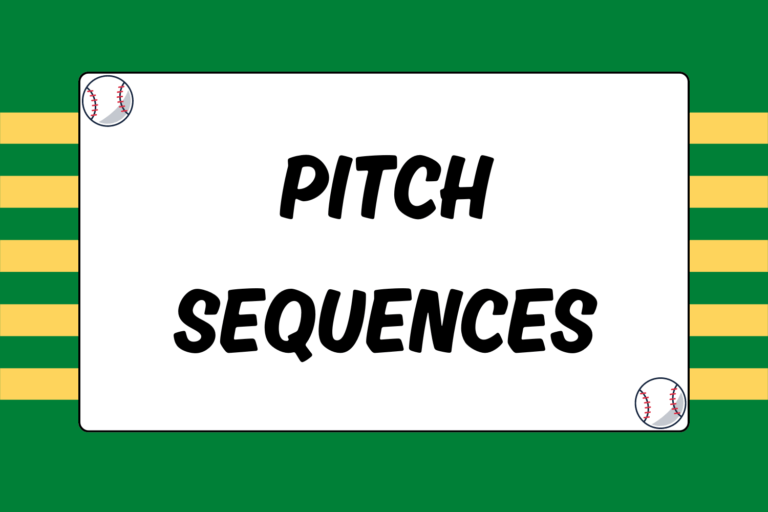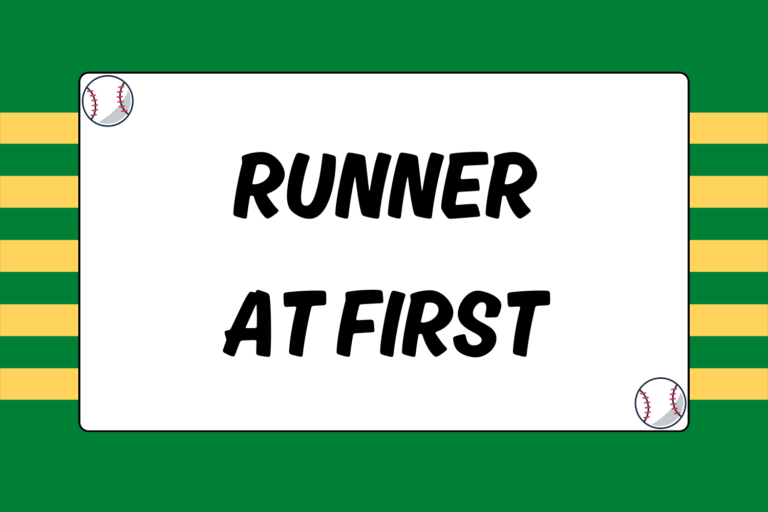There is an old saying that hitting a round ball with a rounded bat is the most difficult thing to do in all of sports. It would be difficult to prove this conclusively, but it nonetheless underscores the fact that hitting — one of the most fundamental skills in baseball — is extremely tough to master, so much so that “mastering” it means succeeding roughly one-third of the time.
When big league players talk about hitting productively, they often use variations of the same phrase: “I was able to put a good swing on it.” The vagueness of this statement highlights the fact that even the best hitters in the world understand that there are elements of hitting that you simply can’t control. Sometimes line drives get caught and pop-ups fall in for hits. Some would argue that it all evens out. Ultimately, though, all you can really do as a hitter is put a good swing on the pitch.
So what exactly does that entail? Well, there are more theories about hitting than would be possible to list here, but the majority of baseball coaches would agree on a few essential qualities that all good hitters possess.
- Balance: It’s possible to hit the ball hard while off-balance. However, the fact that pitchers mix fastballs and offspeed pitches for the sole purpose of getting you off-balance should tell you how important balance is to hitting. Having a solid foundation at the plate allows you to adjust to different pitches in different locations.
- Pitch Selection: One of the most important aspects of hitting is the ability to work a count and swing only at good pitches. Strikeouts and weakly hit balls often happen when you chase a pitch out of the strike zone.
- Quick, Level Swing: Part of being a good hitter is the ability to make solid contact and put the ball in play regardless of the type or location of the pitch. A level swing will ensure that your bat crosses the hitting zone in the optimal position, and a quick swing will allow you to react and adjust so that you never get surprised by a pitch.
- Hand-Eye Coordination: Hitting is so difficult partly because there is an extremely small contact area on the bat that will allow you to “square up” the pitch. Hand-eye coordination is, to some extent, a natural gift, but it can absolutely be improved through practice. Hitting might be the quintessential example of hand-eye coordination, as it requires you to track the baseball and put the barrel of the bat in the exact spot to make solid contact.
Basic Hitting Mechanics
So now you’re stepping into the batter’s box for the first time. There’s a lot to think about, and it can be overwhelming — frightening, even. However, the best piece of advice you can receive as a hitter is to shed all fear when you step up to the plate. It’s almost impossible to succeed if you’re scared of striking out or getting hit by the ball.
Hitting is all about confidence, and confidence comes through experience. The following is a step-by-step explanation of the essential mechanics of hitting. Take this basic technique with you to the field and the batting cage, and soon you’ll have the confidence to dig in against the toughest of pitchers.
Step 1: Grip the Bat
Grab the bat down near the knob, with your dominant hand on top. Make sure the knuckles that you would use to knock on a door are lined up evenly with each other. This may feel slightly uncomfortable at first, but it’s important in order to turn your wrists over when you swing.
If the bat feels heavy in your hands, you may want to consider sliding your hands an inch or so away from the knob. This is called choking up and it makes it easier to handle the bat. Finally, make sure you don’t grip the bat too hard. Clenched fists usually indicate an anxious hitter. You have to stay loose in the batter’s box, and that starts with your hands.
Step 2: Get in Your Stance
Step into the batter’s box (right-handers stand on the third base side of home plate, left-handers stand on the first-base side), and spread your feet a little wider than shoulder-width apart. Depending on how hard the pitcher throws, you may want to move forward or backward in the batter’s box. Stand approximately one foot away from home plate (although this is definitely a matter of preference). A good rule of thumb is to hold the bat and extend your arms out over home plate. If your bat can’t reach the outside corner of the plate, you probably need to stand a little closer.
Get into an athletic position by bending your knees slightly. The position of your hands is also a matter of preference, but beginners can start by resting the bat on their back shoulder, and then raising the hands slightly so they’re next to the ear. Turn your head to face the pitcher so that your chin touches your front shoulder, allowing you to use both eyes to track the pitch.
Step 3: Keep Your Eye on the Ball
It’s nearly impossible to attend a Little League game without hearing a coach shout, “Keep your eye on the ball” at least once. It sounds simple, but it’s perhaps the most critical aspect of hitting: You have to watch the ball to hit the bat. Pick it up out of the pitcher’s hand as early as possible, and track it all the way until it reaches you. In order to accomplish this, your head needs to remain still as you prepare to swing. Remember, you can’t hit what you can’t see.
Step 4: Load and Stride
When the pitcher has started his delivery and is about to throw the pitch, you should start your “load.” Move your hands back slightly and shift your weight to your back side. Just as you would reach back before throwing a punch in a boxing match, your “load” is necessary to create some power in your swing. It also functions as a timing mechanism once the basic mechanics become second-nature.
Once the pitcher releases the baseball, it’s time to start your swing. Some players take a long stride with the front foot, while others like to kick the front knee in the air. Some hitters prefer to simply pick the front foot up and put in down in the same spot. The most important thing is that you transfer your weight to your front side as you bring your hands forward; this is where your power is generated. If you do stride with your front foot, make sure to step straight toward the pitcher. Stepping toward the foul line (what baseball players call, “stepping in the bucket”) will cause the rest of your body to fly open, making it extremely difficult to make solid contact.
Step 5: Squash the Bug
As you stride and bring your hands forward into the hitting zone, rotate your torso by opening your hips toward the pitcher. To accomplish this, pivot on your back foot (which should remain stationary), and squash the imaginary insect under your cleat.
Step 6: Stay Short to the Ball
As you swing, focus on keeping your swing short, quick, and level. The ball is only going to be in a position where you can hit it for a fraction of a second. A level swing increases your odds of contact, because the bat stays in the hitting zone longer. Avoid bringing your hands undeneath the ball, and make sure your back shoulder doesn’t drop. Remember to keep your stroke short; the longer the swing, the slower the bat moves. Bat speed is key to successful hitting!
With your weight now moving forward, you can bend your back knee, but try to keep your front knee locked as much as possible. Throw your hands directly toward the ball by leading with the knob of your bat.
Step 7: Turn Your Top Wrist Over
As you swing, pull the bat through the hitting zone with your bottom hand, using your top hand to guide the bat. Ideally, you want to contact the ball with your bat level and your arms extended. In order to avoid getting underneath the ball, try to turn your top wrist over as you make contact. Be sure to keep your head down the entire time.
Step 8: Follow Through
Even when you’ve hit the ball, you’re still not done! Follow through by bringing the bat all the way to your front shoulder. If you’ve successfully kept your head down throughout your swing, your chin should shift from your front shoulder to your back shoulder.
Now don’t stand there and admire your hit, drop the bat and hustle to first base!
Hit the Batting Cages
For many players, hitting is their favorite part of playing baseball. Nonetheless, it can be an extremely frustrating endeavor. The best players in the world have been swinging a bat from the time they could walk, and every one of them is still learning the craft. So even if you’re a little behind that pace, don’t get discouraged. You simply have to put in the time and energy to improve your technique. You can read theories about hitting for hours, but nothing can replace the experience and confidence that comes from doing it. So get out to the batting cages, and do your best to put a good swing on the pitch!





